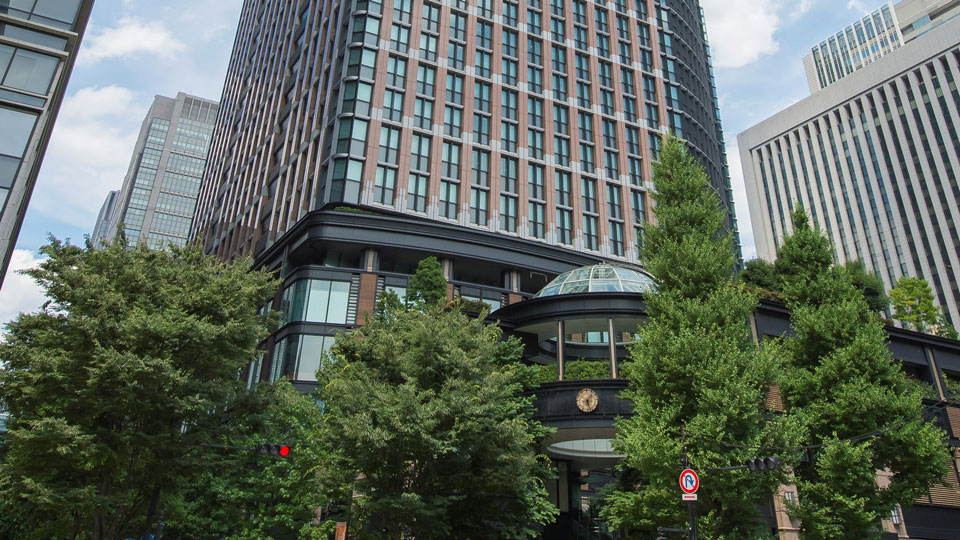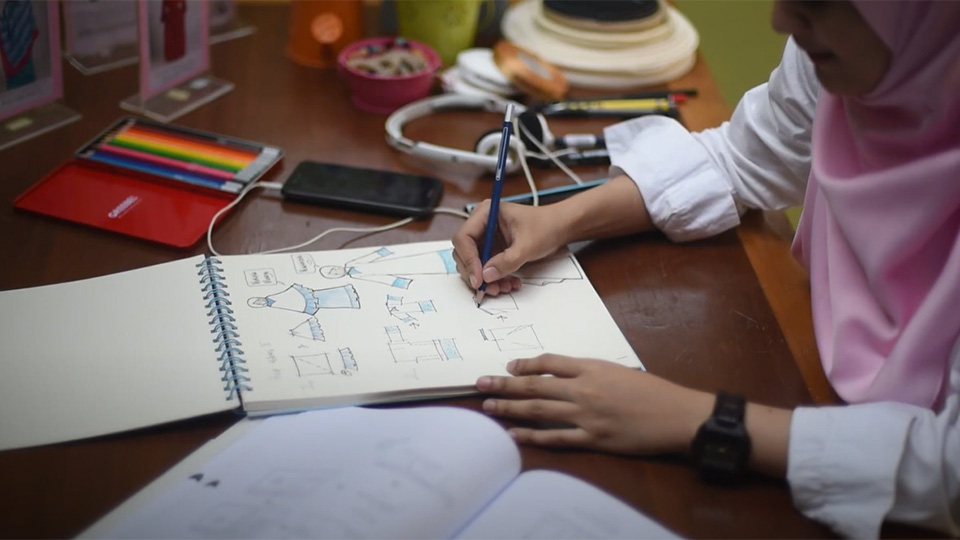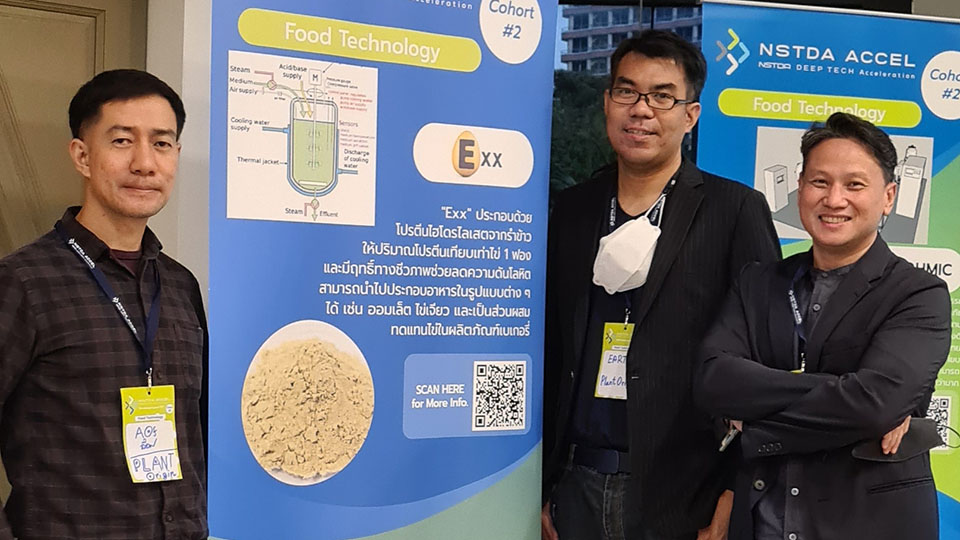Background

detecting and sucking up dirt. Dozens of sensors
constantly adjust its behavior
As a student of computer science and mechanical engineering at the Massachusetts Institute of Technology (MIT) in the United States, Helen Greiner used to enthuse to her parents about the role of robots in space exploration. Her work at NASA’s Jet Propulsion Laboratory fuelled her passion. But her mother, pushing a vacuum cleaner round the house, was underwhelmed. “That’s great, honey,” she sighed, “but what I really want is a robot that can clean these hard-to-reach places”.
Invention
Helen’s interest in robots continued and she co-founded iRobot® Corporation (iRobot) in 1990 with two fellow MIT roboticists with the vision of making practical robots a reality. The following year, the company introduced its first robot, “Genghis”, which was designed as a test platform for researchers. Modeled on the limb-based movement of insects, Genghis was a groundbreaking feat of the time which encouraged future developments in robotics. Building on this proprietary technology, a number of first generation robots were gradually developed. A major technological advancement was made in 1998 when Helen’s company developed the “PackBot®”, a reconnaissance and bomb disposal robot born out of an initial research initiative with the Defense Advanced Research Projects Agency (DARPA) of the United States. A series of PackBots have been developed with new generation technology. The PackBot, currently on active service with the American military, made headlines when it was summoned from the laboratory to search through rubble in the September 11 rescue efforts at the World Trade Center. Over the years, a wide variety of robots has been designed. Helen’s mother has her vacuum cleaning robot, the Roomba®, as do over 3 million other iRobot customers.
iRobot rapidly expanded to produce both consumer products and robotics for government and industrial applications. The MicroRig, for example, is designed to carry out tasks deep inside oil wells. In 2002 another iRobot robot conducted a televised search of the Great Pyramids of Egypt, in cooperation with the National Geographic Society. In 2007, the company introduced Verro®, swimming-pool cleaning robot. Among many of the military-purpose robots, the PackBot and its successor, the small unmanned ground vehicle (SUGV) are widely used by the United States army.
“The great thing about robotics,” says Helen Greiner, “is that the field is still in its infancy. It’s totally creative.” In an interview with PBS’ Ask the Scientist, she evokes her favorite ideas, such as agri-bots, that would “live” in farmers’ fields, constantly searching for and removing weeds and pests, thus eliminating the need for toxic pesticides and herbicides. As science fiction becomes science fact, “I am living my own dream,” she says.
Research and Development
Ms. Greiner’s company has a dedicated research group that continually develops cutting edge robotic technology. In order to meet the advanced needs of sponsors, iRobot pursues research and development (R&D) opportunities on integrated robotic solutions with leading academic research institutes, businesses as well as other technology innovators. The R&D initiatives of iRobot are targeted to make the robots smarter, easier to use and more functional, which consequently facilitate the commercialization of its innovations. iRobot’s research group working on government and industrial robots focuses on four core technology areas:
- improved collaborative system where one single person can control multiple robots;
- developing semi-autonomous operations enabling robots to perform tasks with limited human supervision;
- creating advanced technological platforms to provide new robotics technologies that will change the ways the robots move through the world and interact with their environments;
- increased human-robot interaction which will make robots work more efficiently with people.

rear flippers as submitted in PCT Application
PCT/US2008/086106
(PATENTSCOPE® search)
iRobot’s R&D operates with a futuristic vision. For example, one of its newest projects is developing robots that can change their shape. Chris Jones, the company’s research program manager reveals: “We’re building robots that don’t have motors, wheels or anything rigid in them. They don’t even have batteries, they run on chemical power. They’re made of new materials called dielectric elastomers, which are extremely flexible and can change shape by applying electric or magnetic fields. Ultimately we will build a robot that is completely squishy and that can squeeze through a hole the size of a 10 pence piece.”
Patents
iRobot’s business is based on its proprietary technology, and the protection of intellectual property rights (IPRs) plays a critical part in it. At present the company is applicant to 30 published international applications filed via the Patent Cooperation Treaty (PCT) system covering new robotics technology. Most of the patents are owned by iRobot itself, while a few are co-owned with other companies. iRobot is applicant to more than 100 granted patents for a variety of robots and robotic technologies with the United States Patent and Trademark Office (USPTO).
Trademarks
The typed drawing of the name of the company, iRobot, is owned by iRobot Corporation as a registered trademark under the USPTO. Likewise, all the names of the company’s products (for example, the Roomba vacuum cleaning robot) are registered trademarks with the USPTO.
Commercialization
Initially iRobot’s focus was on the production of robots for home uses. It came up with a number of robot toys such as a robot dinosaur, a robot tractor, robotic webcam and even an animatronic infant. None of these robots drew much attention and iRobot was struggling financially until it came up with the Roomba robot vacuum cleaner. Gradually the company expanded its production and commercialization base to include robotic solutions for government, industrial and military purposes. It did not take long for the military and iRobot to realize the potential for battlefield robots. This diversification of iRobot’s commercialization and its R&D initiatives has proved to be mutually reinforcing, which is reflected in its special-purpose robots exclusively produced for military uses.
As part of its commercialization policy, iRobot also has a community outreach program that donates some models of its consumer utility robots for charity purposes. Additional activities under this program include school visits and demonstrations of iRobot products as well as an option for iRobot site visits for students, communities or organizations.
Business Results
Since its establishment in 1990, the company has continued to grow, making it a pioneer in the robotic industry. Over the years, it has developed dozens of robots for various purposes. By 2010, iRobot employed over 500 top professionals in the robotics industry. In 2009, iRobot generated close to US$300 million in revenues. iRobot is registered with the NASDAQ stock market, and its stock trades under the ticker symbol IRBT.
The Roomba accounts for almost half of the world’s home robots. However, it is the warrior robots that propelled the financial success of iRobot. By February 2010, iRobot has supplied more than 3,000 PackBots worldwide, with each unit bearing a price of US$100,000. In Iraq, the United States army has deployed at least 12,000 robots of different kinds. The army has claimed that the PackBot has disarmed more than 10,000 improvised bombs in Iraq and Afghanistan.
iRobot’s corporate headquarters are located in Bedford, Massachussettes. The company also has offices in California, Michigan, North Carolina and Virginia in the United States as well as overseas branches in China, France, Hong Kong (SAR of China), India and the United Kingdom. Additionally, iRobot’s sales and service centers are available in several dozen countries around the globe.
From Dust Buster to Bomb Disposal
As a trendsetter in robotics, iRobot’s goal is to drive innovation, serve as an industry catalyst and change the world by fueling the era of robots. The company has demonstrated that robots can indeed make a difference in people’s lives, serving them in a variety of ways from busting dust to disposing bombs.



